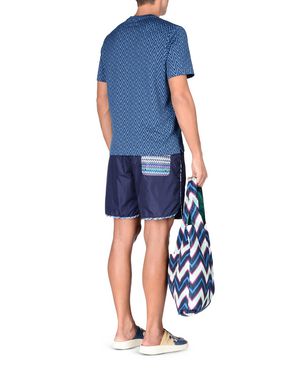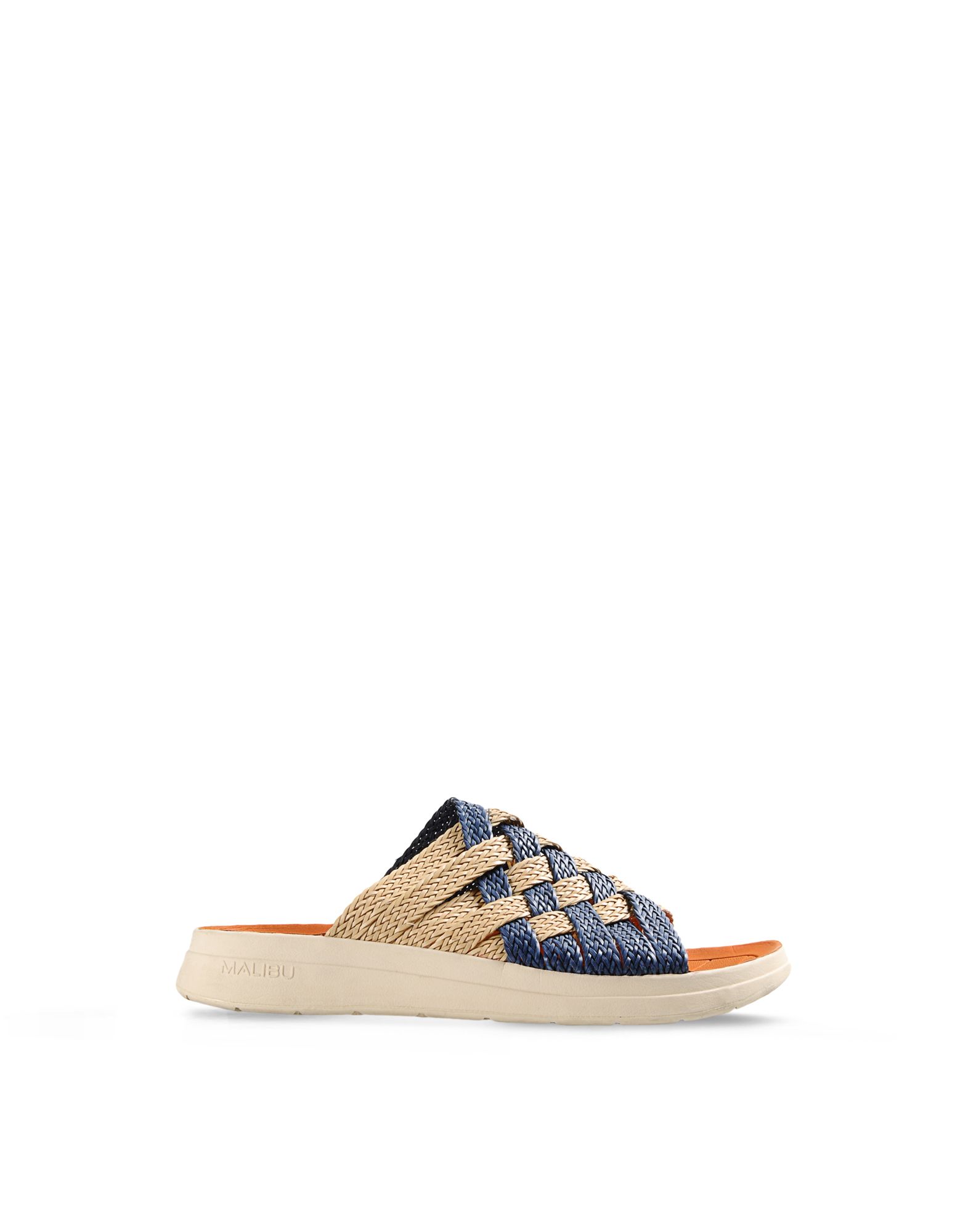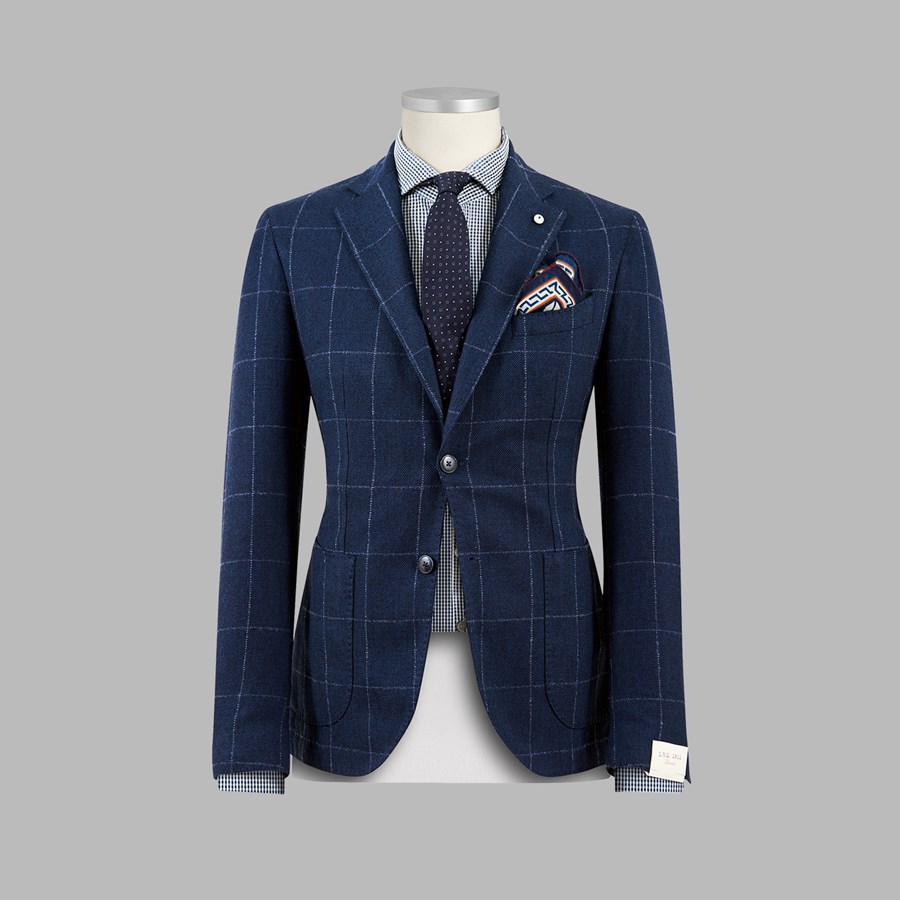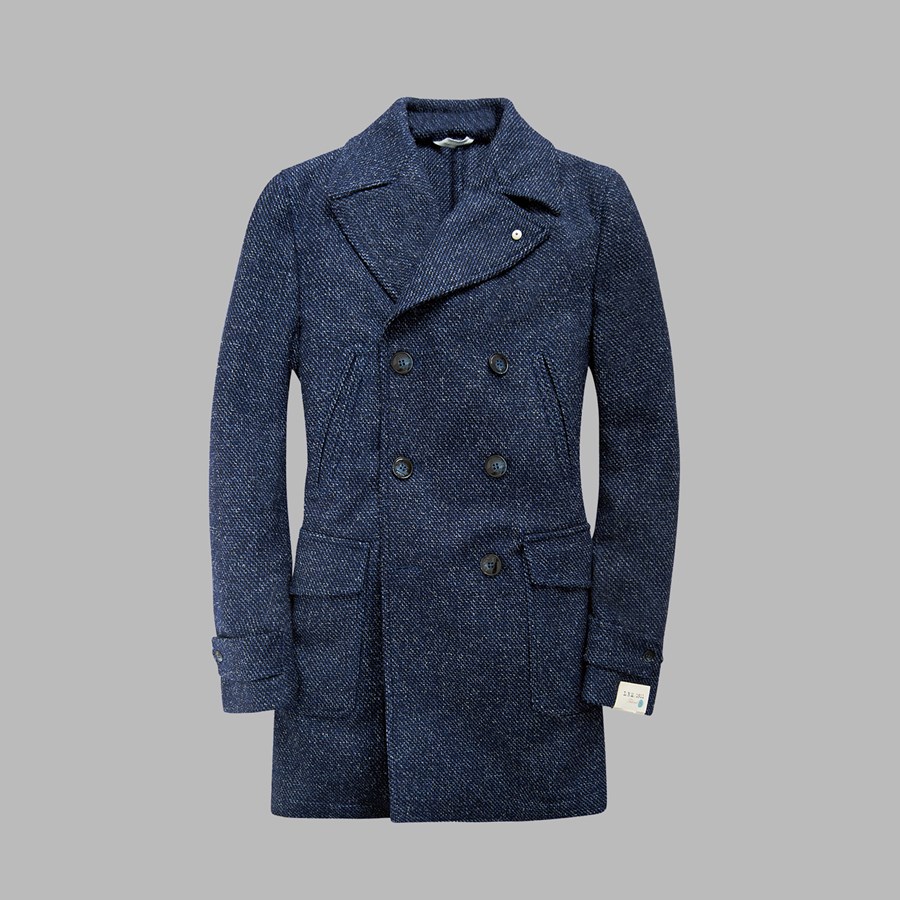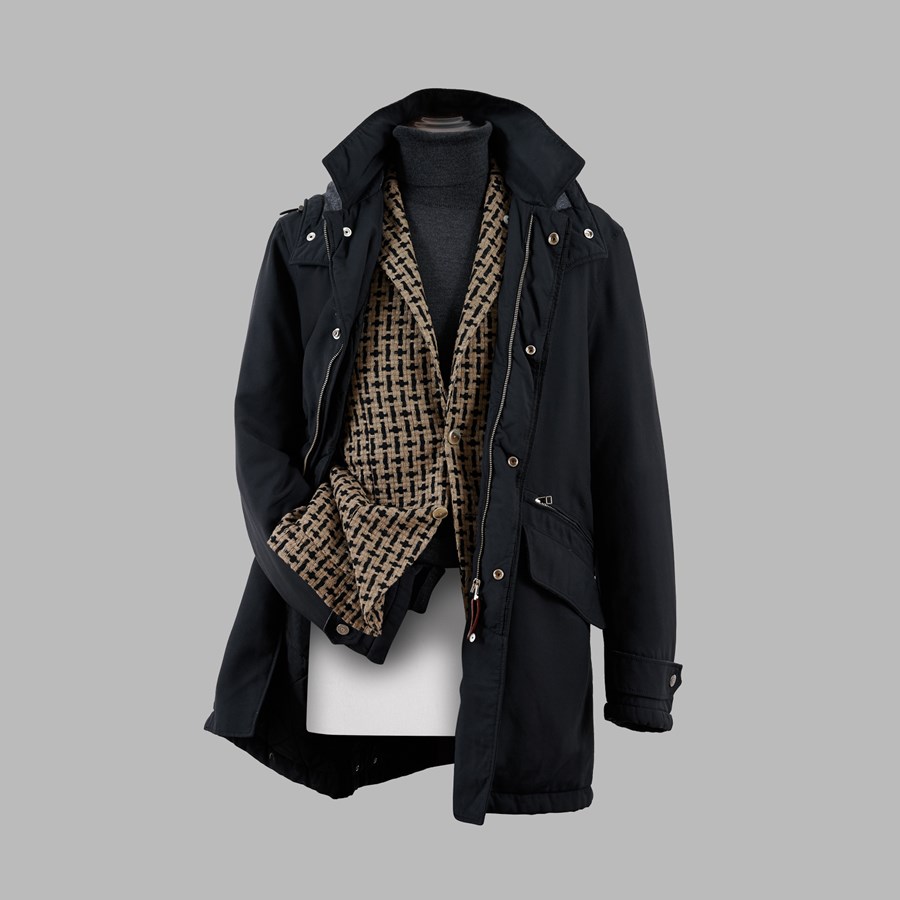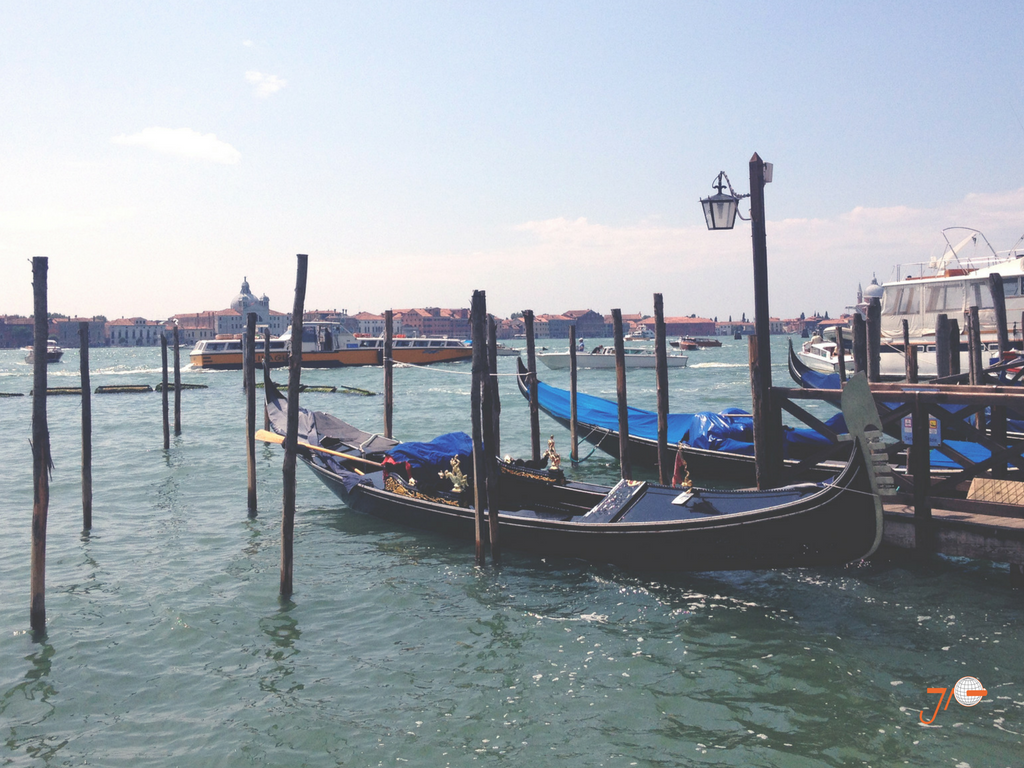Our Guide to the Feast of San Gennaro 2019
Here is your guide to the Feast of San Gennaro in NYC for 2019
Every Year, the San Gennaro Festival comes to Little Italy (right next to JP Linguistics), bringing out the best Italian food in Little Italy along its scenic ferris Wheel, and all the best Italian Culture New Yorkers can ask for! But what is San Gennaro exactly and what should you do to celebrate?
Mulberry Street is in Love for San Gennaro
What is San Gennaro?
San Gennaro is an Italian-American Festival which started in September 1926 by a group of Italian immigrants from Naples who gathered in New York, on Mulberry street and wanted to continue the celebration of Saint Januarius, the Patron Saint of Naples.
The tradition would have people gather and bring donations that they would pin on streamers that were attached to a representation of the Saint. The money was to be distributed to the poor of the neighborhood.
When is San Gennaro in NYC?
This Festival is held in September, around the 19th of September (official date in the calendar). In 2019, the Festival is from September 12th to September 22nd and start every evening around 7:30pm.
Where is the Festival in NYC?
The Feast of San Gennaro is held in Little Italy, mainly on Mulberry Street, but visible on Grand Street as well.
What can I do for San Gennaro?
Our Italian food recommendations:
M’O Gelato: Our favorite stop in the summer for Gelato.
Caffè Palermo: The Cannoli King of Little Italy with Cannolis that are world famous. It is worth the detour!
Margherita: If you have had pizza, and not Neapolitan Pizza, this is your go to place.
Our recommendation for the festival:
We also recommend for you to take time to watch to the Grand Procession which takes place on the last Saturday of the Festival.
This year, it should take place on September 21st after mass, around 2pm.
Little Italy ready for the 2019 San Gennaro Feast
Whether you you love Italian food or not, San Gennaro is a time that marks the beginning of Fall down in Nolita/SoHo/Little Italy. It is the time where we all party one last time to the sound of Italian music and the taste of wonderful Gelato!
We hope you’ve enjoyed Our Guide to the Feast of San Gennaro! If you are looking to check out the festival this Fall and learn Italian for your next trip to Naples, We can help make the process easier with our native instructors and culturally immersive group classes! Click below to learn more.
JP Linguistics Holiday Gift Guide 2018 - Our Favorite (Authentic) Gifts From Around The World
Looking for unique holiday gifts to share with your loved ones this year? Check out our gift guide filled with (authentic) products from in France, Italy, Spain & South America.
JP Linguistics Holiday Gift Guide 2018
Our Favorite (Authentic) Gifts From Around The World
The holidays are upon us and, this year, we wanted to round up a few of our favorite (authentic) foreign brands and share unique products with you, ideal for stocking stuffers and holiday gifts. Why did we create this guide? It’s because we know that sometimes around this time of year, gift-giving can feel like an obligation rather than a genuine act of kindness towards someone else. So, instead of picking up a random gift for someone just because, we wanted to introduce you to some (foreign) brands we love to make your gift giving more unique and thoughtful. What we look for in brands we love is authenticity and this guide has just that. We’ve included brands from France, Italy, Spain and South American (some of whom we know personally, but none of which we are being paid to advertise for) such as Le Slip Français, Mille Feuille Bakery, Asaro, Leone, Jolii Cosmetics, 1880, Ecoalf and more.
In addition, some of these brands have incredible philosophies that we are proud to support. For example, Ecoalf is a company from Spain that upcycles waste found in our oceans to create some of their products including shoes. Marianella Asto is an artisan from Peru who handcrafts alpaca wool gloves and sells them via her shop online with UNICEF. Asaro is a family-run organic olive farm based in Sicily that manually harvests their olives (making all of their products GMO and chemical free). Learn more about these brands by browsing through the entire guide which you can download below. The PDF includes links to each product for easy shopping. We hope you enjoy and, if you happened to buy any, let us know! We’d love to hear about your experience and if you love them just as much as we do.
Happy Holidays from all of us at JP Linguistics!
3 Italian Menswear Brands You Should Know
Boost up the sophistication of your wardrobe with these three Italian fashion brands - for casual & formal attire.
3 Italian Menswear Brands You Should Know
Italian fashion has been at the forefront of emerging talent and trends since the beginning. The luxury house staples still firmly hold their place, while other brands ranging from athletic-inspired to tailored-cut all play an important part in a man's wardrobe. Some brands focus on the staples, while others play up the trends to stay ahead. Here are 3 Italian Menswear Brands You Should Know right now to help boost up the sophistication of your wardrobe. We hope you enjoy!
MISSONI
This brand embodies the spirit of the sixties having been founded by Ottavio and Rosita (business & life partners) who started Missoni in 1953. Based in Varese, 55 kilometers north of Milan, the classic zig zag knitwear is globally recognized and is now a forever trend staple. The family-run company keeps up its success by adding more channels, i.e. Missoni Home, as well as adapting to what the customer wants. The big focus for their menswear is the statement shirt; whether that be classic T style or a patchwork button down. A favorite touch to any outfit is the secret of the socks, and you can be assured they don't slack on accessories either.
Learn more and see new arrivals on their website www.missoni.com.
(All images credits: www.missoni.com)
Diesel
Yes, you did read this correctly, Diesel is not that laid back California brand you though you knew. Headquartered in Breganze, Italy, Diesel's Founder, Ross Rozzo, originally started working for a manufacturer called Moltex. After two short years at the company, Rozzo bought 40% of their stock which eventually changed its brand name to Diesel. In 1985, Rozz purchased the remaining portions of stock to become the sole owner of the brand. His vision for this worldwide fashion house has been to embody the laid back California lifestyle through their creative department since 1978. Denim and casual-wear are their strong-suits, fit for the modern man. While jeans come to mind first, this brand excels in wardrobe pieces fit for all occasions; casual, night out and even work wear.
Learn more and see new arrivals on their website www.diesel.com.
(All images credits: www.diesel.com)
Lubiam
This company cares fondly about tradition which can be seen in the craftsmanship and design of all their garments. Founder, Luigi Bianchi Mantova, set up Primaria Sartoria Luigi Bianchi in 1911 with the aim of designing premium menswear suits and women's dresses. He was the first to start a global brand that would eventually pass through four generations. In 1920, the company abandoned womenswear to focus solely on tailoring mens goods. This passion lead to a scale of over 400 employees in 1936. The name LUBIAM was created as an acronym of the founders full name Luigi Bianchi Mantova. Their keen eye for details and tradition doesn't just lie in the cut of their fabric, it runs through their family-friendly ethics. They gladly provide flexible work hours and part-time options for their employees and have even opened up nursery for workers with families.
“We truly believe in family values,” states Edgardo Bianchi, Managing Director of LUBIAM, “this is why we want togive our employees substantial support in their everyday lives. We believe in solidarity and we hope to be an example to other firms similar to ours.”
Learn more and see new arrivals on their website www.lubiam.it.
(All images credits: www.lubiam.it)
Did you like what you read? Let us know! Comment below with your favorite Italian brand and share the post on social media. These 3 Italian Menswear Brands You Should Know are at the top of our shopping lists and, looking the part, is one step closer to embodying the Italian lifestyle. Why not add more and embody the language as well? Check out our Group Italian Classes and Private Italian Lessons and sign up today. Grazie!
How to Become a Gondolier
You have to prove your seriousness, knowledge of boating, willingness to clean the boat, but also your willingness to help tourists to settle and feel confortable.
How to Become a Gondolier
It is not possible to think about Italy, without thinking about its famous Venetian Gondolas. Gondolas are ancient, so ancient that the trace of its official inventor is hard to find. Indeed, this flat-bottom boat is around a thousand years old! There is a first mention of a Gondola in a correspondence from Doge Vitale Falier who was a Duke in Venice in 1094 where he used the word gondulam. Weather it is old or pretty recent, everyone loves a nice gondola ride on the venetian river where you can fill your eyes with wonders and your ears with beautiful and melodic Italian songs. Today, we are taking you to Venice for your first (or second) gondola ride... Enjoy!
What is a gondola?
A gondola is a boat that has a flat bottom and it is about 10,85 metres (34ft.) about 1,40 metres (4.5 ft.) in width. The boat is made with several kinds of wood such as fir, cherry, chestnut, elm, oak, linden tree and many more. It can take up to 2 years to build it, using about 280 wooden pieces, and its weight ranges about 350 kg to 600 kg or about 770 to 1300 pounds. It is not until the 15th Century that we will see the "modern" gondola that we know today. The color black was imposed to refrain an unfair competition with the rich Venetians who would ornate the boat with gold and other treasures. Up until the Second World War, gondolas were guided by 2 gondoliers and they were used by people as a private mode of transportation. Kind of like Uber, without the app!
How to navigate a Gondola
Gondolas are a very interesting kind of boat. It is propelled by a person who stands facing the bow and rows with a forward stroke followed by a backward stroke in order to compensate the movement. Because of its flat bottom, the gondola can also be drifted sideways if it is necessary.
Funny fact, the gondolas were equipped at some point with a little cabin from the passengers to protect them form the weather or people looking at them. It even had windows with blinds (original Venetian blinds!) to offer you the perfect intimate moment. This cabin, or "felze" disappeared in the early 20th Century.
how to become a gondolier
In order for you to become a gondolier you need to get a permit. There would be around 433 Gondoliers with a permit today. There is a limit of permits and Venice reached it. The number of gondolas was estimated to 10,000 in the 16th century and the gondoliers were a separate group in society. The knowledge was passed from one generation to another, from father to son. This system disappeared in 1980 and you can now take the exam. You have to prove your seriousness, knowledge of boating, willingness to clean the gondola, but also your willingness to help tourists to settle and feel confortable. The first women to obtain her permit is now working in the area of Dorsoduro. She passed her exam in 2009. Are you ready for the exam?
We hope you enjoyed reading about How to Become a Gondolier! One thing we must add that is the number one goal for gondoliers is the Regata Storica. It is an annual race that will allow winners to belong to a family (of gondoliers)! Do you have pictures of your recent trip in Venice? Don't forget to add them in the comments' section below. Looking for more Italian language & culture? Check out our Italian Group Classes and Private Lessons at JP Linguistics taught by native instructors. Grazie mille!
10 Amusing Italian Idiomatic Expressions
We were thrown into the lion's den once and we loved it! Would you?
10 Amusing Italian Idiomatic Expressions
Have you ever been to Italy? If so, you may have heard a few phrases during your travels that caught you off guard. You might have been asked to 'get another pair of sleeves,' or to 'get a crab,' or somebody you encountered may have wished to have been eaten by a wolf. These humorous idiomatic expressions are used quite often in Italian and it may have gotten you to question - "What does it mean? And what is this obsession with animals?" Idioms are a reflection of the cultural traditions, values, and customs. In English, something can happen "once in a blue moon", but in Italian, it happens "every time the Pope dies." Italians will be impressed by your language skills if you can use their expressions in the right context. Dive into the world of Italian idiomatic expressions with us and sound more like a native Italian speaker. Divertiti!
1. In bocca al lupo
In the mouth of the wolf. Italians have a funny way of wishing you luck, and that is by inviting you to get eaten by a wolf. The other person must respond ‘Crepi il lupo’ (‘The wolf shall die’). So... Break a leg or get devoured by a wolf ?
2. Un altro paio di maniche:
Another pair of sleeves. This expression is used as a comparison when the second term is greater than the first. For example, 'saying something is easy, doing it is another pair of sleeves’. It is thought that the expression refers to Mediaeval times, when women’s clothing had replaceable sleeves.
3. Prendere lucciole per lanterne:
To mistake fireflies with lanterns. This saying is used to suggest an easily visible mistake or to refer to a person who is not really intuitive. So if you ever hear ‘Luigi mistakes fireflies with lanterns’, you know Luigi is not that quick.
4. A piede libero:
On a free foot. This refers to people who are on bail awaiting sentencing. In fact, this expression was used in Mediaeval times when prisoners were forced to have their feet cuffed. It can also refer to to an escaped prisoner who is now ‘a piede libero’.
5. Essere nella fossa dei leoni:
To be in the ditch with lions. Here is another unhappy expression involving ferocious animals trying to kill men. This expression is used when someone is in a very difficult and inconvenient situation, and dates back to the Roman Empire when punishment could also consist of getting eaten by lions.
6. Prendere un granchio:
To catch a crab. This means that the end result of something is a lot lower than expected. It can also mean that you have made a big mistake. If you are a fisherman and you are hoping to catch a fish, you’ll probably be disappointed to catch a crab!
7. Patti chiari, amicizia lunga:
Clear conditions, long friendship. This expression is used to refer to an open and honest conversation, in which all parties involved can establish an agreement that will keep the friendship/relationship going strong. For example, if you organise a dinner for friends, you could tell them to bring the wine, because..’clear conditions, long friendship!’
8. Rendere pane per focaccia:
To give bread for focaccia. As everyone know Italians are serious about their culinary traditions and they like to mention them in any context. In fact, ‘rendere pane per focaccia’ means that you respond to an offence with an equally or even stronger offence than the one you have received.
9. Ogni morte di papa:
Every time the Pope dies. This saying may sound really strange, but it does make sense. Italians use this expression to refer to something that happens with very little frequency, so if you are in Rome and you are wondering how often roads get redone, the answer is ‘Every time the Pope dies!’
10. Saltare di palo in frasca:
To jump from a post to a pile of branches means to jump from one topic to another without there being any connection between the two. In English you would use the expression of ‘going on a tangent’.
We hope you enjoyed reading 10 Amusing Italian Idiomatic Expressions! These Italian expressions really reflect the true culture of Italians from the past into the present. Have other Italian idioms you want to add to the list? Don't forget to add them in the comments' section below. Looking for more Italian language & culture? Check out our Italian Group Classes and Private Lessons at JP Linguistics taught by native instructors. Grazie mille!
Three Italian Dances and Their (Bizarre) Histories
These traditional dances are well-preserved in smaller towns such as Regio and have made their impact on the world.
Three Italian Dances and Their (Bizarre) Histories
As we are reaching the peak of summer, some of us are still planning their vacation to the wonderful land of Italy. Best known for its wonderful landscapes, delicious olive oils, wines, deserts and pastas, Italy has an incredible history and a culture of traditions that are rooted in beliefs worth debating. Some traditions are often overlooked which is why it is difficult to find historical dances in big cities such as Rome, Milan, or even Venice; but it is quite common in smaller communities in southern part of the country. As you may know, true immersion comes in smaller communities with cultural secrets & traditions being well-preserved in smaller towns such as Regio, for example. We would like to take you back in time to these forgotten dances that fueled today's culture. Enjoy!
1. Tarantella
Tarantella is a type of dance typical of the Southern regions of the country. It comes from the word "tarantula," yes, the large spider that all of us are really afraid of! The dance was used to recreate the movements of a person who had been bit by the spider. People belived that you could get rid of the venom by dancing it off. It would look like something like this:
Tarantella - Dance
2. Pizzica
Pizzica is a dance which originated in Apulia. It's direct translation today is "itch, sting, bite" As "Tarantella", this is dance is also linked to a "tarantula". This time, this dance was a tool for the population to help a person who had been bitten. When a person had been bitten by a spider, there would be a shock that only this dance was supposed to help them get out of. This dance inspired freedom and liberation for all and it looked like this:
Pizzica Dance in the medieval town of Morro D'Alba - Marche region Italy
3. Saltarello
The Saltarello is a form of "Tarantella" dance that can be found in regions such as Abruzzo, lazio, and Marche. This is a couples dance that makes it one of oldest dances in Italy. The dance is named after the verbe 'saltare' ("to jump") because it is composed of a lot of jumping around which inspired a French dance (Le pas de Brabant) and a Spanish dance (Alta Danza). It looked something like this:
Saltarello, a popular Renaissance dance, is performed by professional dancers.
We hope you enjoyed reading Three Italian Dances and Their (Bizarre) Histories. These magical Italian dances, which were originally created in aims of healing wounded people, are yet another reason why you should visit Italy and take part in the cultural history of this wonderful country. Have other Italian dances you want to add to the list? Don't forget to add it in the comments' section below. Looking for more Italian language and culture? Check out our Italian Group Classes & Private Lessons at JP Linguistics taught by native instructors. Grazie mille!









